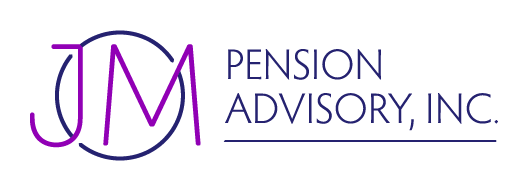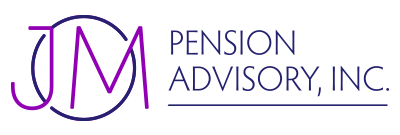SECURE Act 2.0
Key Considerations
The provisions of the new SECURE Act 2.0 are numerous. (See our Secure Act 2.0 Important Changes - Now and Later article for the specifics). Fortunately, the majority are optional; meaning it is up to you to determine if it is something you’d like to include in your plan.
Consider these three main questions as you determine which provisions, if any, you want to offer your employees.
What are the costs to implement and maintain the additional feature in my Plan?
This will include the projected additional contributions required to be made to the Plan. By offering the benefit, consider if other benefits will need to be altered or reduced as a result.What administrative and/or fiduciary procedural changes will need to be implemented?
Consider how you will educate and train your team to monitor and execute these changes. Determine if you need to update your employee handbook or any other internal communications.Does this provision have a positive effect on my current and future employees?
Consider if the provision benefits a significant portion of your workforce. Also consider if adding the feature to your Plan will enhance recruiting new employees.
As an example, let’s apply the three questions in the case of considering whether to offer employees a choice of pre-tax or Roth after-tax for your employer contributions.
Costs to implement and maintain?
Allowing this choice will not increase the amount of the employer contribution. It will, however, add to the administrative time involved.Depending on the size of your workforce and the frequency of your employer deposit (i.e. per pay period, monthly, annually), it could add considerable time for your internal administrative team. Note that without additional guidance from IRS at this point, it’s hard to determine exactly how complex this feature will be to administer.
You’ll need to adopt a good faith amendment to add this feature (JM Pension charges $375 to prepare a signatory-ready amendment to your plan document).
It is not determined as of this writing how the taxation for those who elect an after-tax employer contribution will be reported (i.e. W2 box or 1099R). We don’t know if custodians will charge additional fees for this service. These charges, however, could be passed along to the applicable employee.
Administrative/fiduciary procedural changes?
Several administrative and fiduciary changes must be considered immediately.
Create a default contribution to pre-tax, and advise employee that anyone who wishes the contribution to be after-tax instead must notify the appropriate individual (HR, payroll) in writing, in advance.
or…Prior to deposit, provide a form to each employee who will receive a contribution asking him/her to indicate whether deposit should be made to the pre-tax or after-tax employer source account.
Prior to deposit, employees who requested after-tax must be 100% vested. Otherwise, their request cannot be honored.
Notify affected employees if the request for after-tax could not be honored and why.
Custodian must be notified in advance of deposit so Employer Roth accounts can be created. (Note that most custodians need anywhere from 2-6 weeks to make changes to the plan design on its platform)
Advise employee that if the after-tax contribution is selected, the employee will be taxed on this contribution in the year it is made.
Software for payroll will need to be modified, particularly if tax reporting will be handled via the employee’s W2 for after-tax employer contributions.
3. Overall impact on current and future employees?
It’s human nature to appreciate choice. And the advantage to withdraw after-tax contributions and its earnings at a later date tax free is certainly a positive effect. You’ll need to decide if the employee choice outweighs the additional administrative steps.
Remember, you can revisit the list of provisions of SECURE Act 2.0 that are applicable this plan year and next, here. As a quick snapshot, see those optional provisions effective with plan year beginning (PYB) January 1, 2023 below:
Hardship distributions – Under certain circumstances, an employee may self-certify that the event constitutes a hardship for purposes of taking a hardship distribution
Participants may designate whether the employer matching or non-elective contributions made to the Plan will be made as pre-tax or as Roth contributions as long as participant is 100% vested when the contribution is made <The IRS recently clarified that if allowed and a participant selects a Roth contribution versus pre-tax, it is still a deductible business expense for the Plan Sponsor>
Certain disclosures as required under IRS or DOL regulations are not required to be provided to unenrolled participants who have elected not to participant in the Plan if certain conditions are met. <This is a time-saver!>

